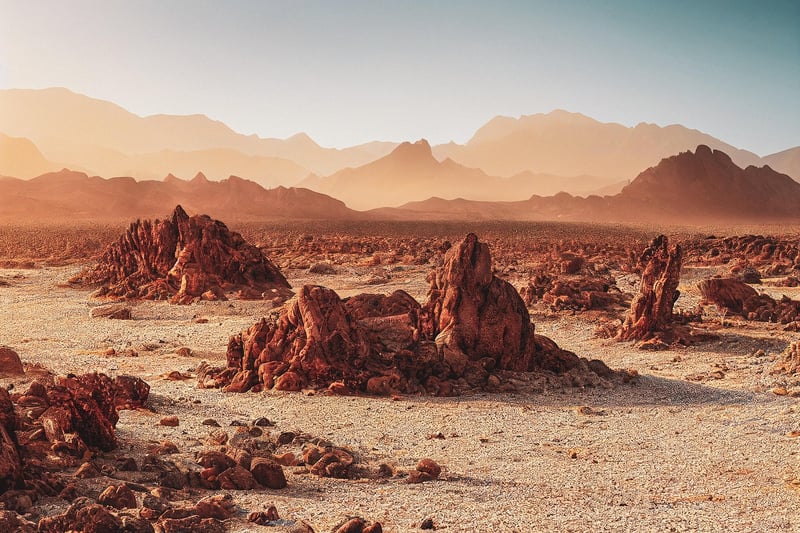Soil Types
The Importance of Understanding Different Soil Types
When it comes to gardening, farming, or even construction, understanding the different types of soil can make a significant difference in the success of your project. Each soil type has its own characteristics that affect drainage, nutrient retention, and plant growth. By familiarizing yourself with these soil types, you can make informed decisions and take appropriate actions to optimize your results.
1. Sandy Soil
Sandy soil is characterized by its large particles and excellent drainage. While this type of soil warms up quickly in the spring, it tends to dry out rapidly and has low nutrient retention. Adding organic matter like compost can help improve water retention and fertility in sandy soil.

2. Clay Soil
Clay soil is composed of tiny particles that hold water well but drain poorly. It can be heavy and compacted, making it challenging for plant roots to penetrate. To improve clay soil, adding organic matter like compost or sand can help aerate the soil and enhance drainage.

3. Loamy Soil
Loamy soil is considered the ideal soil type for gardening due to its balanced mixture of sand, silt, and clay. It has good drainage, retains moisture well, and is rich in nutrients. Most plants thrive in loamy soil, making it highly desirable for various gardening projects.

4. Silt Soil
Silt soil has medium-sized particles between sand and clay. It is fertile, holds moisture well, and is easily compacted. Silt soil is commonly found near riverbanks and is suitable for growing a wide range of crops with proper management.

By understanding the characteristics of different soil types, you can tailor your gardening or farming practices to suit the specific needs of your plants. Whether you need to improve drainage, enhance fertility, or optimize moisture retention, knowing how to work with different soil types can lead to healthier plants and better yields.
